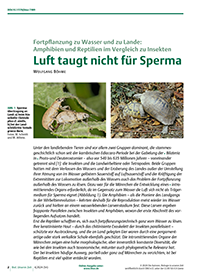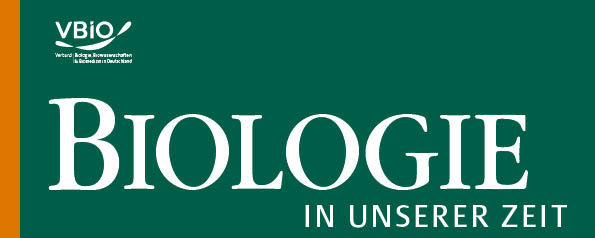Air is unsuitable for sperm transfer
DOI:
https://doi.org/10.11576/biuz-7489Keywords:
Amphibien, Reptilien, Insekten, Larven, Metamorphose, holometabol, hemimetabol, spezifisch ausgeformte Kopulationsorgane, Eierlegen, Lebendgebären, ViviparieAbstract
Sexual reproduction in the absence of water requires direct sperm transfer from the male into the female. Most amphibians – the first vertebrate pioneers of conquering terrestrial habitats – remain for reproduction with external fertilization in the water or return to it to deposit their spawn submerged in water. With regard to reproduction, reptiles were the first group that became independent from water and they developed organs for internal fertilization. Terrestrial arthropods have also developed a variety of primary and secondary sex-specific structures for the transfer of sperm on land. The dominating group, the insects, are characterized by their larval stages, which in respect to their ecological function, show striking parallels to the larval stages of the amphibians. The reproductive adaptations of the reptiles to become completely independent from an aquatic habitat have led to the development of intermittent organs for the transfer of sperm, whose variable, partly bizarre structures are influenced by phylogenetic, but also etho-ecological factors.


